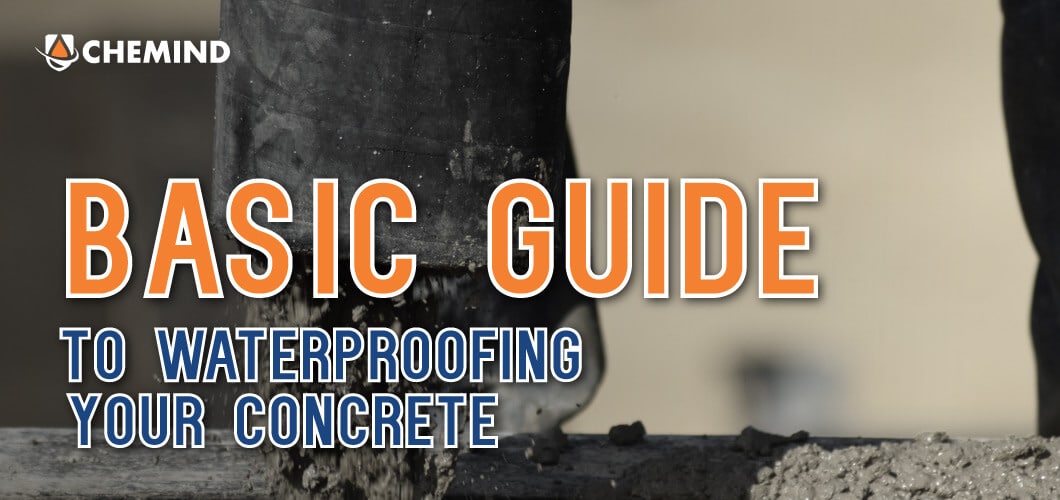BASIC GUIDE TO WATERPOOFING YOUR CONCRETE

Concrete, commonly used in construction is a composite material created by mixing binding materials together with aggregate. However, no matter how tough this material is, it is still prone concrete erosion over time. When concrete comes in touch with water, it will be absorb based on the porosity of the concrete. Additionally, water is known as common reasons for structural damage such as algae growth, salt corrosion, cracks and frost damage.
Most of the damage can be avoided and reduced drastically with applying the proper concrete waterproofing.
Internal Wet Areas Concrete Waterproofing
For internal wet areas such as bathrooms and toilets, it is recommended to use cementitious waterproofing as these areas are not exposed to sunlight and extreme weathering. Hence expansion and contraction would not happen, therefore cementitious waterproofing would be the most recommended as it is the most lowest costing among the rest.
External Areas Concrete Waterproofing
For external rooftops which are constantly exposed to extreme weathers and direct sunlight, it is recommended to get waterproofing that are flexible with UV and weather resistance. Bitumen membrane waterproofing is very common method when it comes to external areas such as roofs, and it comes with two way of application which is the torch on and self-adhesive. Additionally, liquid waterproofing membrane start gaining its popularity due to its lower cost and easy application to external areas.
Internal Industrial Areas Concrete Waterproofing
For internal industrial area which have high volume of light to heavy trafficking, resin waterproofing flooring are usually being used. Resin coating is a popular choice due to its high durability and scratch resistance and on top of that, it is visually appealing due to its glossy like appearance.
Polymethyl methacrylate resin flooring system (PMMA)
- Advantages of concrete waterproofing:-
- Reducing water absorption
- Prevents cracks on concrete surface
- Longer concrete structure lifespan
- Prevents moisture and dampness inside building
- Prevents seepages
